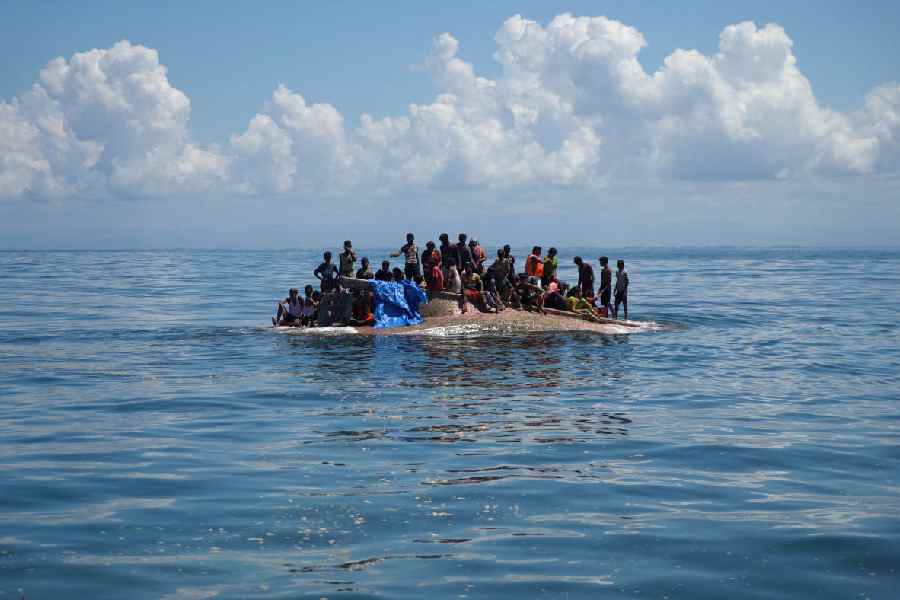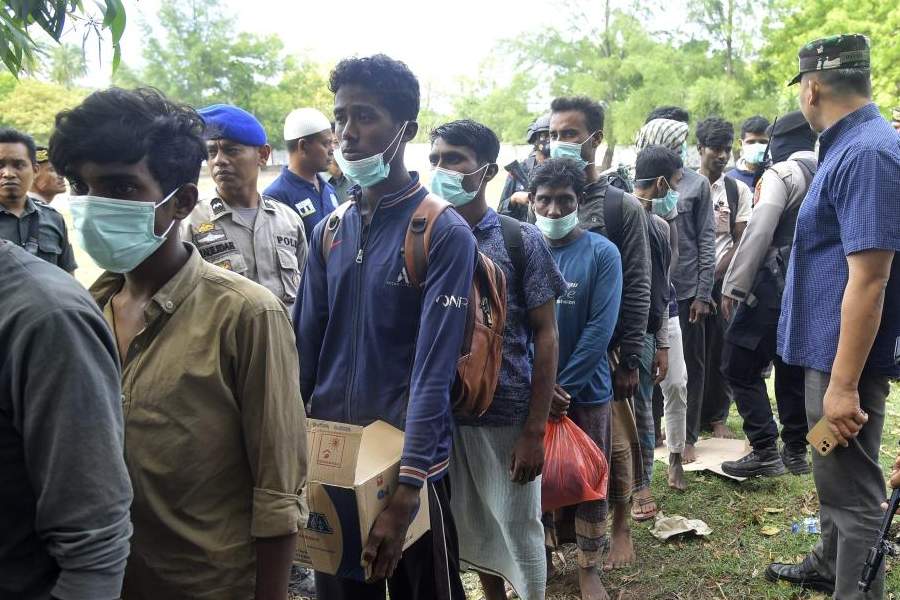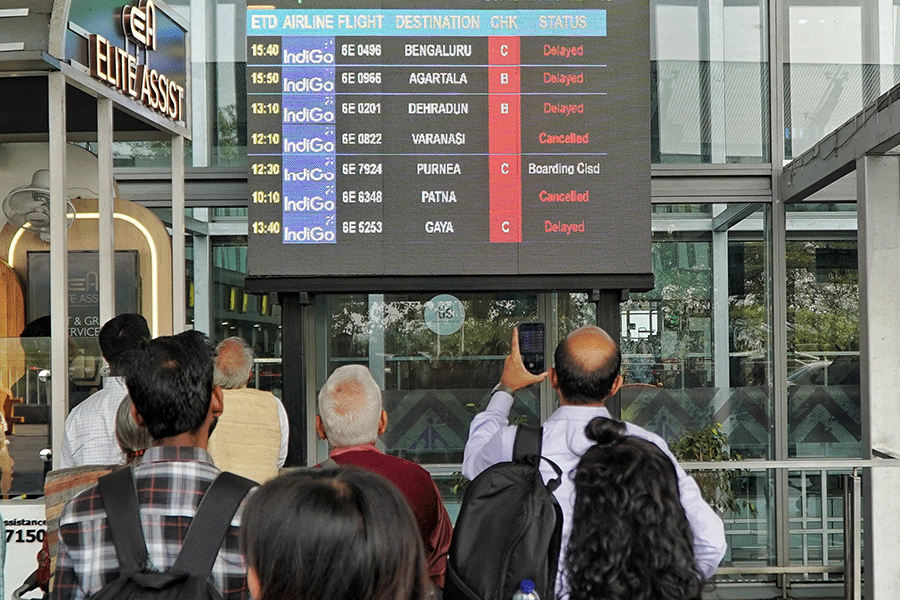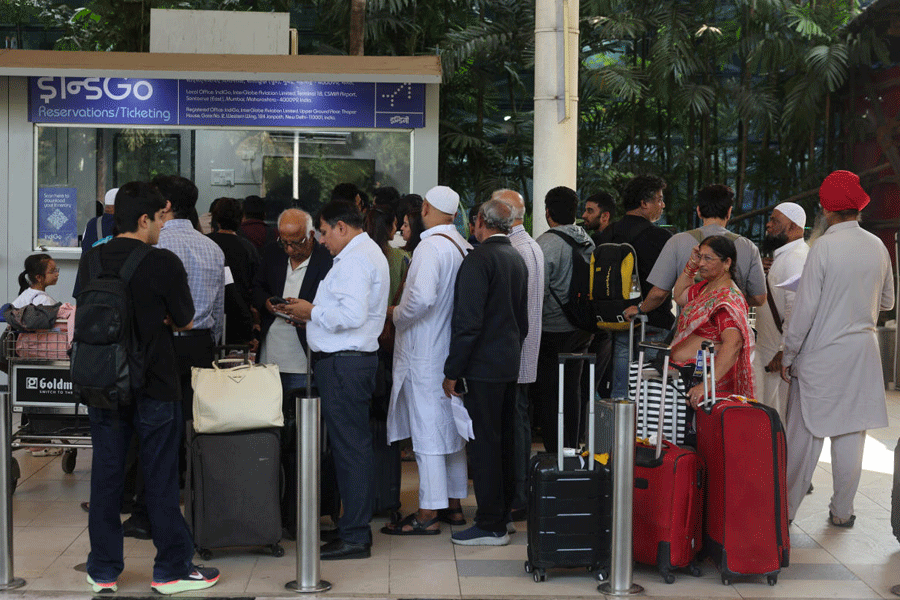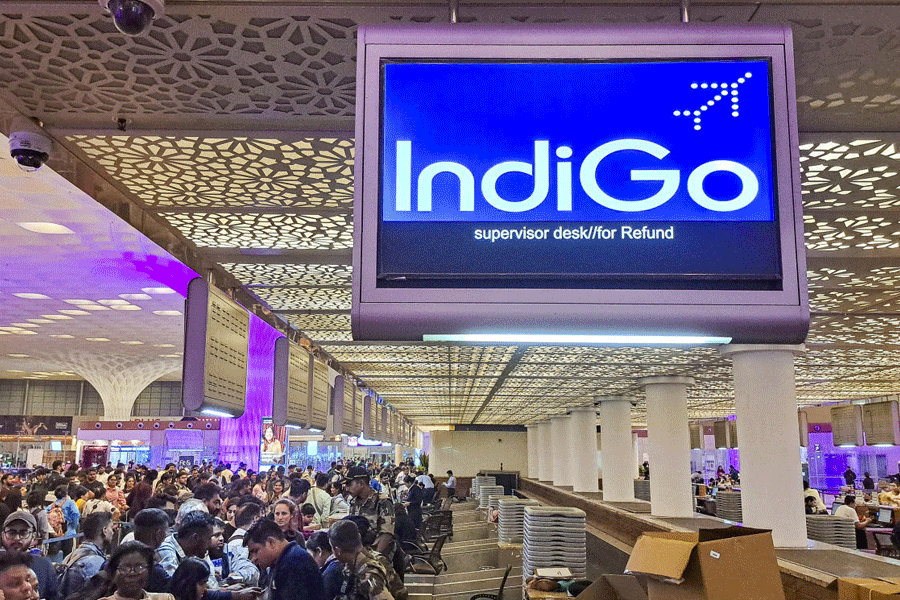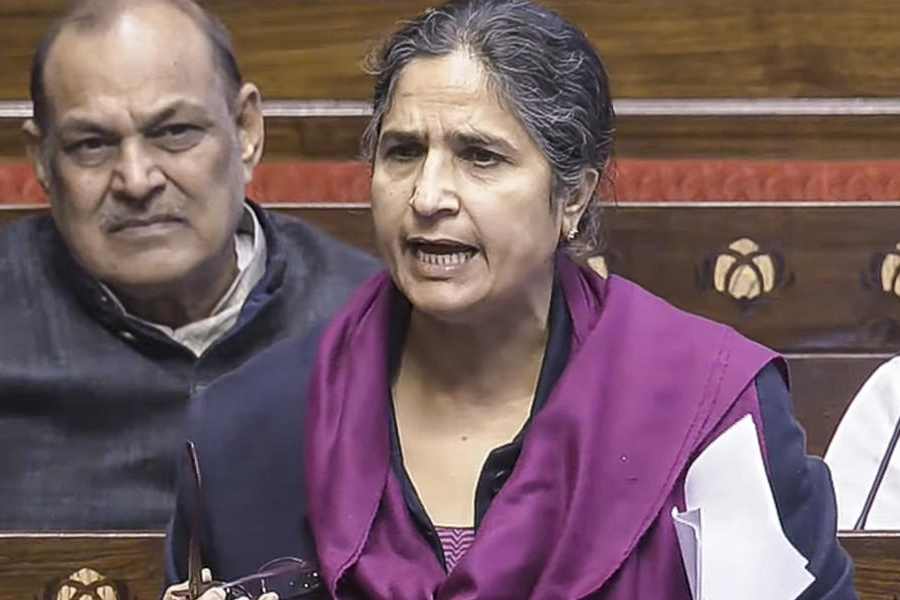DEFINITION
The 1951 Refugee Convention defines a refugee as a person who “owing to well-founded fear of being persecuted for reasons of race, religion, nationality, membership of a particular social group or political opinion, is outside the country of [their] nationality and is unable or, owing to such fear, is unwilling to avail [themself] of the protection of that country”
The Word Is Elastic
Often also used to mean any one or more of the following:
Asylum seekers: Those seeking international protection. Not all asylum seekers will be found to be refugees, but all refugees were once asylum-seekers
Internally displaced people: Referred to as IDPs, have been forced to flee their homes by conflict, violence, persecution or disasters. However, they remain within the borders of their own country
The Stateless: Persons who are not considered as nationals, by any State under the operation of its law, including persons whose nationality is not established
Migrants: There is no internationally accepted legal definition of a migrant
- 123.2 million people worldwide forcibly displaced from their homes
- 42.7 million are refugees. In 2011, the count was 15 million, way less than half
- 73.5 million internally displaced people
- 8.4 million asylum seekers
- 5.9 million people in need of international protection
- 4.4 million people are stateless people residing in 101 countries as reported sometime end of 2024
Where are they from
69 per cent come from just 5 countries — Afghanistan, Syria, Venezuela, Ukraine and South Sudan
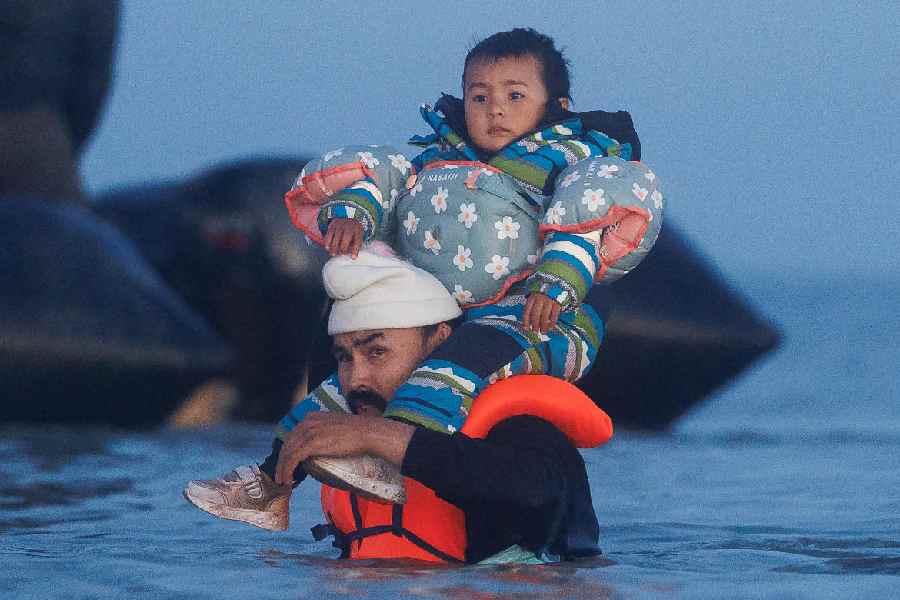
Migrants wait in the water for a 'taxi boat' to take them across the channel to the UK at dawn on September 19, 2025 in Gravelines, France. Getty Images
Where they go
37 per cent refugees are hosted in 5 countries — Islamic Republic of Iran, Türkiye, Colombia, Germany and Uganda. Low and middle-income countries host 71 per cent of the world’s refugees and others needing international protection
Countries that have taken in the most refugees in 2025
Sudan: from South Sudan, Eritrea, Ethiopia, Central African Republic and Syria
Bangladesh: Rohingyas from Myanmar
Ethiopia: from South Sudan and Somalia
Poland: from Ukraine and Belarus
Chad: from Sudan and Central African Republic
Pakistan: from Afghanistan
Uganda: from South Sudan and Democratic Republic of Congo
Germany: from Ukraine, Syria, Afghanistan and Iraq
Turkey: from Syria, Iraq and Afghanistan
Iran: from Afghanistan
At a glance
Some countries take in way more refugees than others relative to their population. This could be because of proximity to conflict zones or government policies
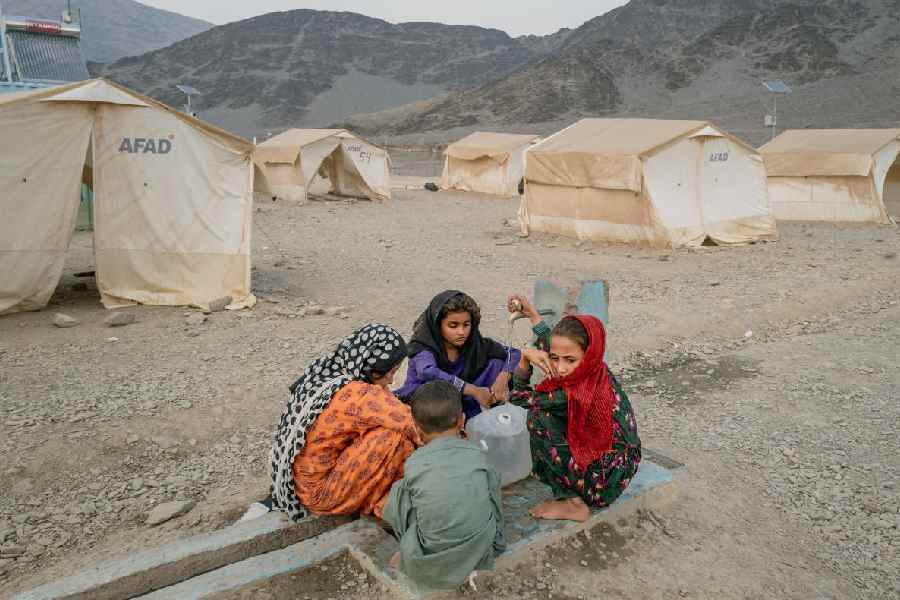
Afghan children wash their hands in the Omari refugee camp on September 15, 2025 in Torkham, Afghanistan. Getty Images
Lebanon hosts 137 refugees for every 1,000 residents
Turkey: 37
Germany: 31
France: 10
UK: 6.5
Italy: 5
US: 1.2
Where India stands
India has no comprehensive law for refugees. It is not a signatory to the 1951 UN Convention on the Status of Refugees and the 1967 Protocol. But it has always hosted diverse refugee groups.
Routes and risks
“The Central Mediterranean from North Africa to Europe is among the world’s deadliest and most dangerous migrant routes for children and women,” said Afshan Khan, Unicef regional director. According to the International Organization for Migration, 8,938 people died on migration routes worldwide in 2024, making it the deadliest year on record. In the last decade, nearly 60 per cent of deaths documented during migration are linked to drowning; over 27,000 related deaths in the Mediterranean alone.
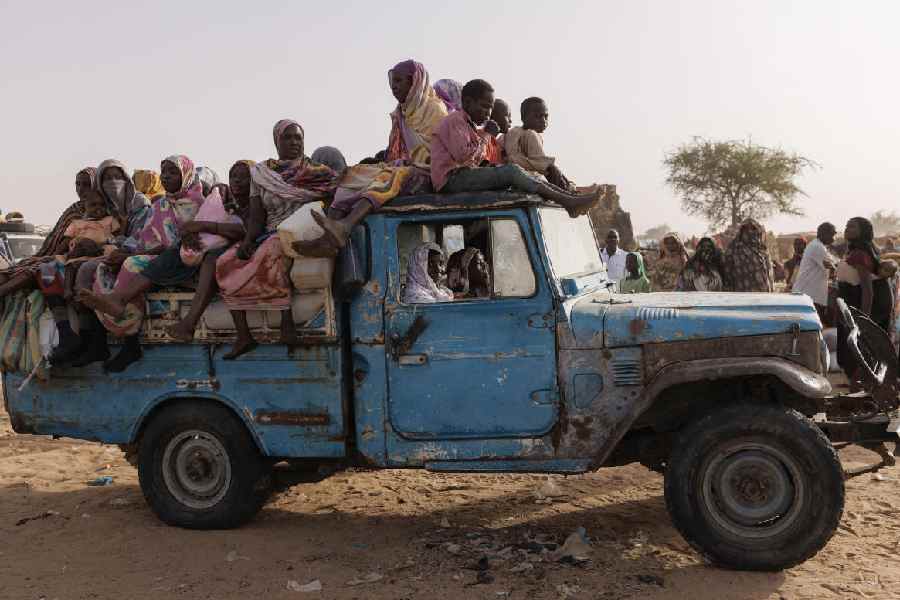
Newly arrived refugees from Darfur in Sudan, sit on a vehicle before being taken to a new camp on April 23, 2024 in Adre, Chad. Getty Images
Children
- Numbers tripled from 2010 to 2024
- 49 million child refugees
- 2.3 million children born as refugees between 2018 and 2024; an average of 3,37,800 children were born as refugees per year
About refugee camps
6.6 million live in hundreds of refugee camps, spread across more than 30 countries
- Nakivale Settlement in Uganda is about the same size as the city of Calcutta
- Dadaab Refugee Complex is Kenya’s tenth largest city by population
- Za’atari Camp in Jordan has a density of 24,212 refugees per square kilometre
“Worst refugee camp on earth”
Located outside the village of Moria in the Greek island of Lesbos. It was designed for 1,200 asylum seekers in 2013. In 2015, Moria’s capacity was tripled to 3,200. By 2020, when it burnt down, it had 20,000 people living in it. Migrants from over 70 countries lived there; 70 per cent was from Afghanistan. 22 per cent of the world’s refugees lives in such camps.
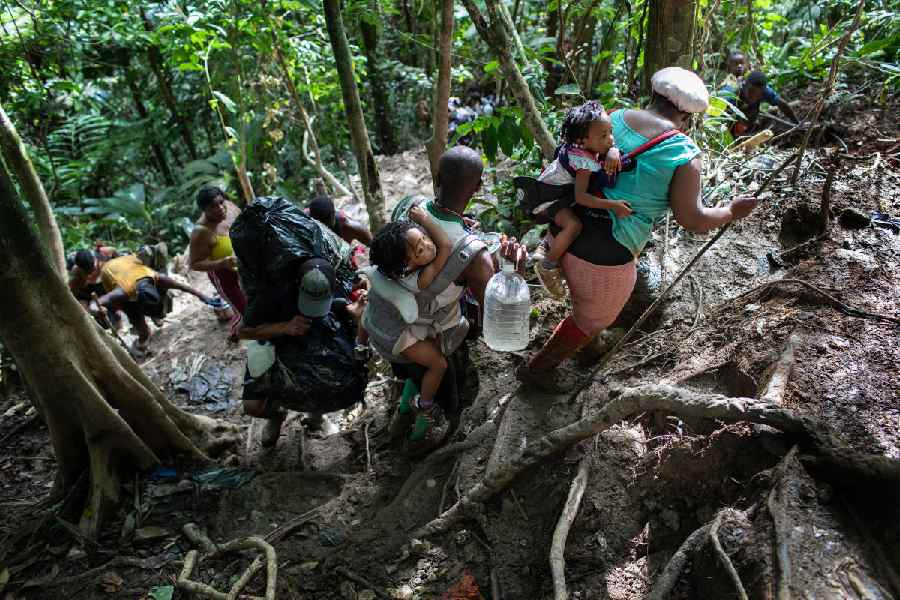
Immigrant families from Haiti climb a steep mountain trail near the border with Panama on the second day of their trek October 19, 2021 through the Darien Gap, Colombia. Getty Images
Pushback
It’s not just the US. Here’s how other countries and their governments deter refugees:
- Australia passed new laws in 2024. It can now pay countries such as the Pacific nation of Nauru hefty fees to accept non-citizens
- Denmark has a zero-refugee policy. In 2024, it granted asylum to 864 people
- Hungary has erected border fences and uses force to keep migrants at bay. It is being fined €1 million per day for illegally deporting migrants
- Algeria has dumped migrants in the Sahara desert without food, water or shoes, aid groups have claimed. Morocco, Mauritania and Tunisia too
- Germany has put in place tougher asylum rules and renewed deportations
Hear, hear
“Europe supports, finances and is directly involved in clandestine operations in North African countries to dump tens of thousands of black people in the desert or remote areas each year to prevent them from coming to the EU.”
— 2024 report by Lighthouse Reports
“They’re taking Black jobs, and they’re taking Hispanic jobs.”
— Potus Donald Trump in 2024
“Migration is a European challenge which must be met with a European solution.”
— European Commission President Ursula von der Leyen in 2024
“Who are the infiltrators? Those who have not faced religious persecution and want to come to India illegally, for economic or other reasons, are infiltrators. If anyone in the world who wants to come here is allowed to do so, our country will become a dharamsala.”
— Home minister of India, Amit Shah in 2025.
Sources: UNHCR – The UN Refugee Agency, Concern Worldwide, news reports

